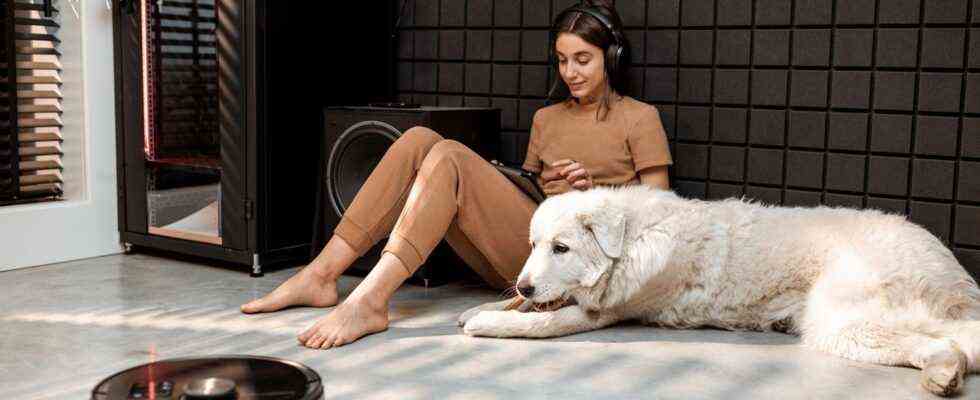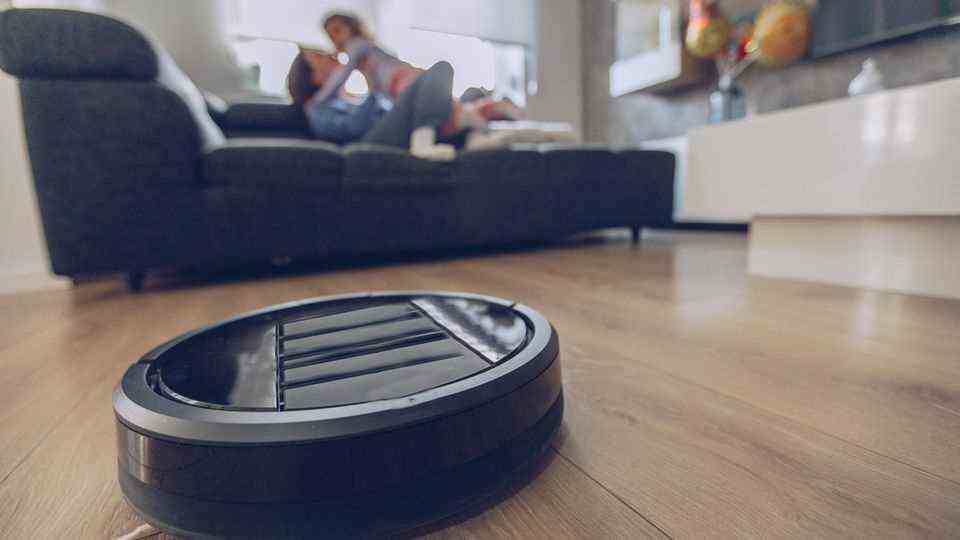Stiftung Warentest
Vacuum and floor mopping robots in the test: Almost no one can vacuum really well
A vacuum robot saves working time.
© Getty Images
In the new vacuum and mopping robot check by Stiftung Warentest, three robots did well – but none of them vacuumed carpets well. The machines do better on hard floors and when mopping.
The product testers have again made cleaning robots. Pure vacuum cleaners and, for the first time, combination devices that can vacuum and wipe were tested.
A total of twelve robots were examined, eight of which had a wiping function. Prices start at 278 euros and end at almost 800 euros. In general, the robots cope better with hard floors than with carpets; only one device vacuumed well on them. The acid result on carpets was not enough for the tester. Only he can do it here AEG RX9-2-4ANM a good result. In the overall grade, the device only got a satisfactory rating.
Three times good
Of the combination devices, the cut Roborock S6 MaxV for 500 euros and the Rowenta X-Plorer Series 95 for 760 euros with good, of the pure vacuum cleaners only came iRobot Roomba i3 + for 630 euros on a good note. The prices are only indicative. Temporary special rations are common for vacuum robots, the Rowenta device is currently available for 615 euros instead of the 760 euros mentioned. There was just the newer one from iRobot i4 + with suction station for 420 euros. The Roborock S6 MaxV could be got for 370 euros.
Built-in wear and tear – that’s what household appliances really cost
16 images
Of the test winners, the Roborock S6 MaxV and the Roomba i3 + have a base station that sucks the dirt out of the small robots and deposits it in a large bag. Here you have to get your fingers dirty much less often. With the station, robots can vacuum for weeks without intervention. Incidentally, anyone who wants to use the mopping function has to tackle the problem every time and tamper with the water tank and mopping fleece. The all-round carefree philosophy of the vacuum cleaner does not exist here.
Test environment
Both the suction test and the wipe test take place in an idealized environment. The robots were released into a room in which chair legs create obstacles, but which otherwise has no harassment. The robots are then let loose on popcorn and dried-on stains under laboratory conditions. Among other things, the product testers stop the cleaning time. The fastest Robbis need 21 minutes, the worst robot 26 minutes.
Test and reality
However: How realistic is such a test and what are the benefits of such criteria? Who really cares if their robot sucks for five minutes longer? Everything that robots can do today and that goes beyond just vacuuming is more likely to go under in the test. For example: Can the robot find its way around in large apartments with complicated floor plans or does it get lost in the suite of rooms? Can he also judge heights or does he get stuck under the bed? Can you set up areas with high cleaning intensity (kitchen table) that are vacuumed more often? These are factors with which the smarter robots stand out from the crowd today – but this does not happen in the test scenario. The new models from iRobot, for example, notice when the owner is leaving the apartment. They can be set up to use these slots for vacuuming. This is a great invention in the home office, but it is of little use to someone who goes to the office every day.
You can do the full test here view for a fee.
This article contains so-called affiliate links. Further information are available here.



